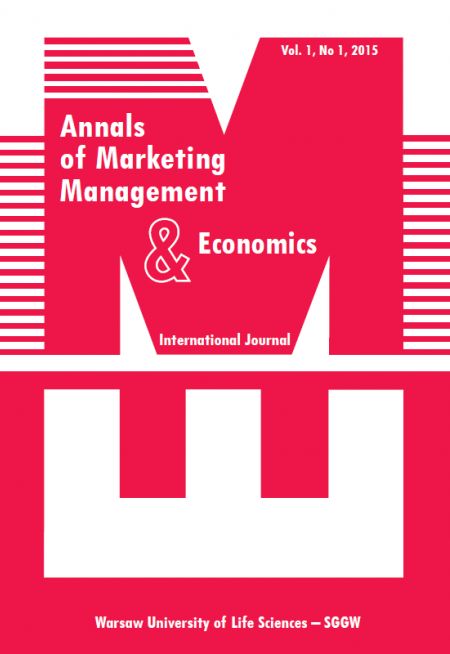Main Article Content
Article Details
Asch P., 1988. Consumer safety regulation: Putting a price on life and limb, Oxford University Press, New York.
Berri A., 2009. A cross-country comparison of household car ownernship, Institut National de Recherche sur les Transports et leur Sécurité (INRETS), "IATSS Research" 33, 2, 21-38. (Crossref)
Ingrassia P., 2011. Crash Course: The American Automobile Industry's Road to Bankruptcy and Bailout-and Beyond, Random House Trade Paperbacks.
Karplus V.J., Paltsev S., Babiker M., Reilly J.M., 2013. Should a vehicle fuel economy standard be combined with an economy-wide greenhouse gas emissions constraint? Implications for energy and climate policy in the United States, MIT Joint Program on the Science and Policy of Global Change, USA, 'Energy Economics" 36, 322-333. (Crossref)
Kunert U., Kuhfeld H., 2007. The diverse structures of passenger car taxation in Europe and the EU Commission proposal for reform, DIW Berlin, Germany, "Transport Policy" 14, 306-316. (Crossref)
Parry I.W., Small K.A., 2005. Does Britain or the United States Have the Right Gasoline Tax?, Resources for the Future, US, "American Economic Review": 95, 4, 1276-1289. (Crossref)
Simmons P., Macklin A., 2014. The Governance Gap: Extractive Industries, Human Rights, and the Home State Advantage, Routledge, 53-70.
Sterner T., 2007. Fuel taxes: An important instrument for climate policy, Goeteborg University, Sweden, Energy Policy 35, 3194-3202. (Crossref)
Van ACKER V., Witlox F., 2010. Car ownership as a mediating variable in car travel behaviour research using a structural equation modelling approach to identify its dual relationship, Ghent University, Belgium, "Journal of Transport Geography" 18, 65-74. (Crossref)
Wrzosek W., 2002. Funkcjonowanie rynku (Market functioning), PWE, Warszawa, 405-425 (in Polish).
Downloads

Utwór dostępny jest na licencji Creative Commons Uznanie autorstwa 4.0 Międzynarodowe.





